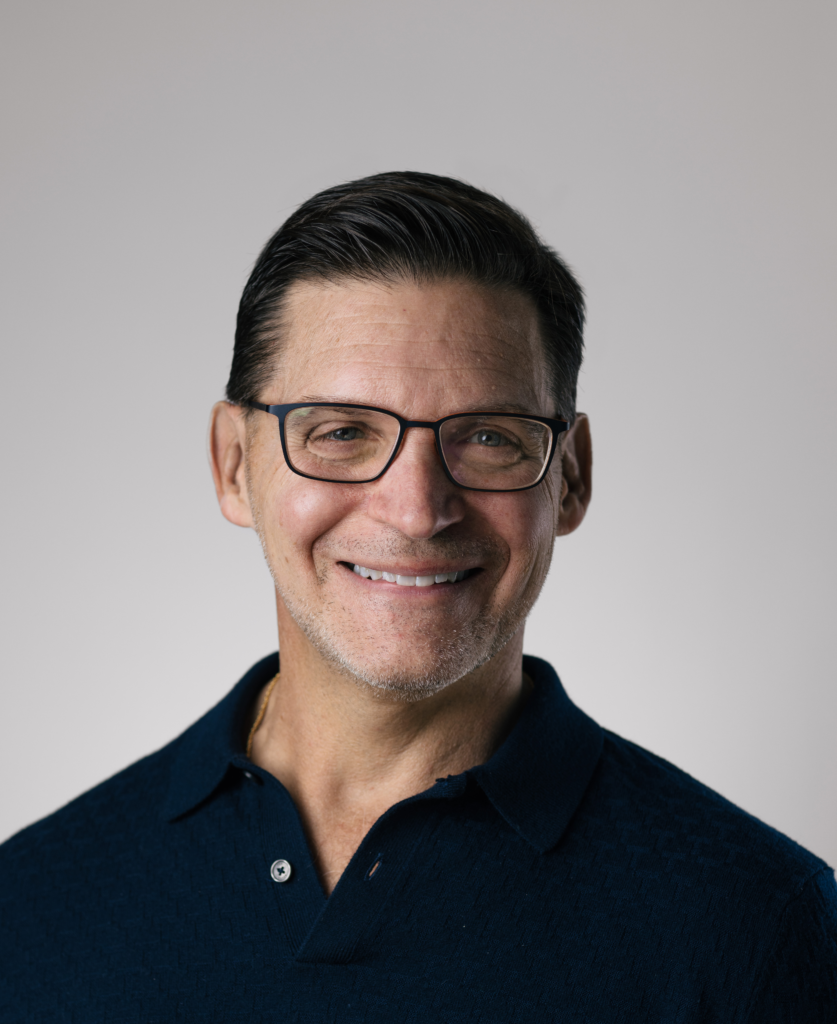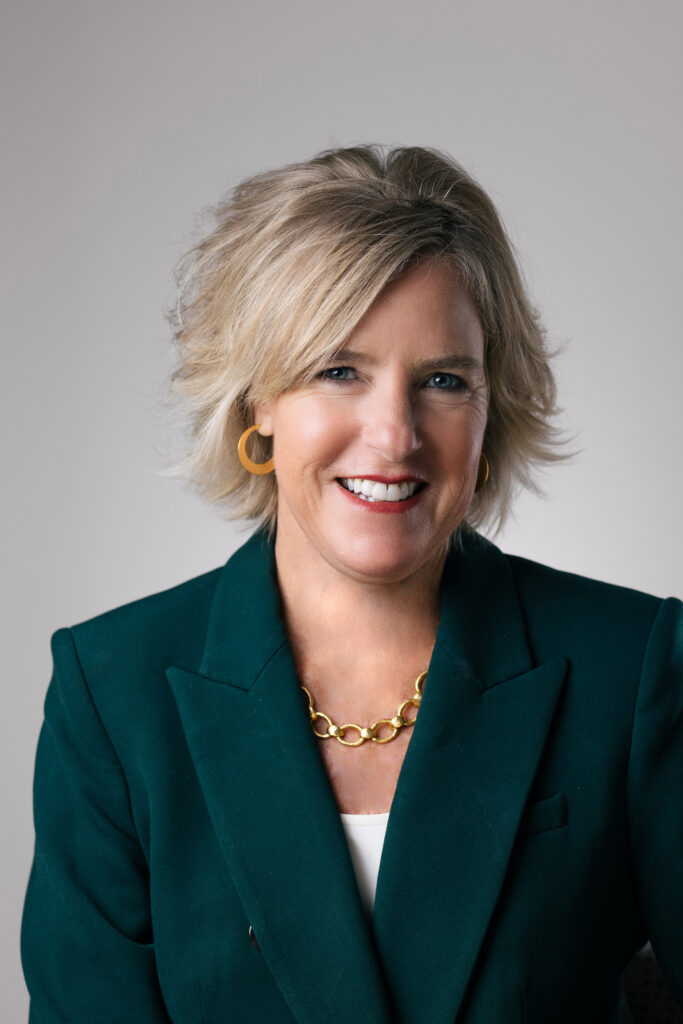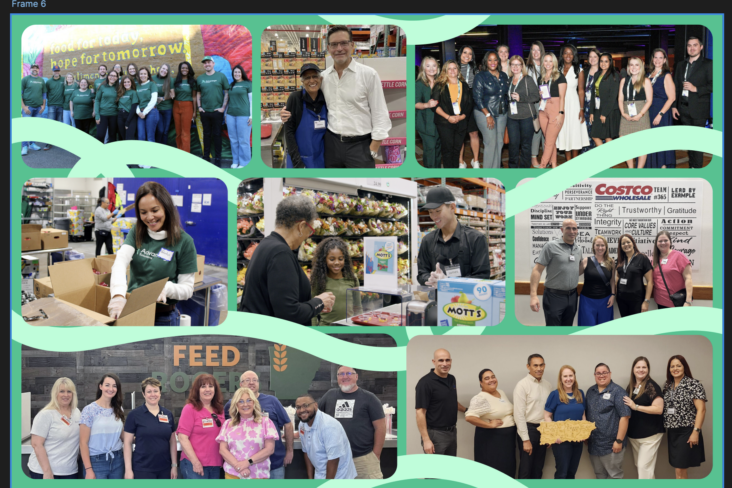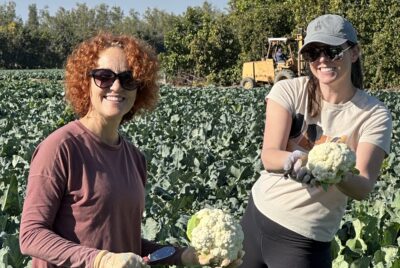For Advantage Solutions, 2024 was a year of transformation, as the company evolved and rebranded into a unified solutions provider with enhanced capabilities to serve brands and retailers. The mission has never been clearer: Advantage exists to connect shoppers to the products and experiences that enrich their lives.
It was also a year of significant change and challenges within the grocery and consumer packaged goods industry, as inflation-weary consumers increasingly turned to value.
As 2024 draws to a close, we asked some of Advantage’s leaders to weigh in on the top trends and takeaways from the year. (Stay tuned for the next edition of this blog, which will feature their predictions for 2025.)
Consumers seek value as Advantage evolves for the future
Dave Peacock, CEO

Yeah, I’d say obviously a major trend was the uncertain consumer. With inflation and with the negative rhetoric around (political) campaigns, which is going to happen during campaign season, it just led to uncertainty and changing behavior, particularly for lower- and middle-income consumers. And so you saw shoppers consolidate trips a little bit and seek value.
And then on the higher end of the socioeconomic spectrum, especially for food, you saw some pullback by some with GLP-1 drugs, such as Ozempic and Wegovy, which is suppressing demand in some food categories. And that combination just slowed overall movement.
So the slowing consumer was the overarching theme. And you had businesses shifting some of the resources and trade support into larger mass merchandise retailers and club retailers, and that had an impact on pricing, frankly, at the grocery retailers and convenience stores. So that was a reaction to what the consumer was doing, and it kind of created or exacerbated some of the difficulties for the grocery retailers.
For our company, it was a big year of transformation. We’ve talked about our journey from simplification to transformation to acceleration. In the first half of the year, we kind of completed our simplification journey with our re-segmentation into three business units and shared services. There’s more transformation behind us now than in front of us.
Sampling business thrives, but labor challenges persist
Andrea Young, chief operating officer, experiential services

The first thing I would say is congratulations to our experiential services team — they delivered a great year and are continuing to deliver a great year.
Having great talent always makes a difference. This has been a four-year rebuild since our COVID wind-down, and what the continued sequential growth — not only from a demo volume perspective but also from a dollars perspective — continues to prove to us as a business is that sampling matters.
This business model of not only in-store sampling, but pickup and delivery and direct-to-consumer e-commerce sampling continues to be a way where brands can cut through a lot of clutter and get their product directly in the hands of a consumer to try it and then ultimately buy it.
As for challenges, 2024 was about labor, labor, labor. We’re fortunate that that we had more demand for sampling services and in-store events this year, but unfortunate because our people supply did not meet our demand.
We are highly focused with our workforce enablement and talent acquisition teams on improving our utilization, improving our retention, (and making) sure we are showing up as an employer of choice.
Value and club retailers are driving growth (for private brands too)
Michael Taylor, chief operating officer, retailer services

What’s clear is the consumer is shifting their buying patterns in traditional retail, and that has caused the challenge that I don’t think any of us expected. I saw a stat this morning — 46 cents out of every dollar of retail growth last quarter was spent at Walmart, Costco and Amazon. That’s unbelievable. And in private brands, two-thirds of all private brand growth has been driven by Walmart
and Costco. It’s crazy. Fortunately, we already are focused on driving more business and more volume and diversifying and growing more in those areas across all of our businesses. We just need to do more volume and provide more value. We have big businesses in those areas, but not across everything that we do.
So it’s, how do you become meaningful and important to those retailers across all of our business units — retailer services, branded services and experiential? And we’re already starting to see traction in those areas, which is encouraging.
Overall, we just need to be efficient as an organization. We’ve done a very good job of cleaning up some of our businesses to make them more efficient. We’ve got to continue to work to not only drive sales, but also make sure that we’re doing everything we can to be as efficient as possible for our retail and CPG clients.
Jim Griffin, president of Daymon, which powers private brand development for Advantage Solutions

Premiumization of private brands continued to move beyond the era of copying national brands and into something different, unique and better. Retailers focused on putting out private brand products that are better for you or taste better or are differentiated from what the national brands are offering.
The biggest players in the industry are driving private brands to a large degree. This includes the big-box and warehouse retailers, which introduced new private brands in premium and opening price point and continue to enhance their mainstream programs. The big are getting bigger, which puts more pressure on retailers that don’t have a strong position in private brands already.
Now that these larger players are developing strong private brand programs, the smaller players are at an even bigger disadvantage. If you’re a supermarket, dollar or mass store without a strong private brand program, you’re at a big disadvantage.
This also has impacts for suppliers and influences how they go to market as well. Being a partner with the largest retailers is important in order to grow, yet how consolidated do you want your business to be?
The future is now for AI in the retail industry
Christi Geary, executive vice president of Advantage Unified Commerce (AUC), which provides omnichannel solutions across e-commerce, lifestyle and retail platforms

So one of the biggest trends we saw, and it actually will carry into 2025 and beyond: AI-driven personalization and exploration. AI has now reached mass adoption, and people don’t quite know exactly what to do with it yet. We’re in a learning phase, but it has started to be integrated into everything. From the brands to the retailers to the media agencies to the tech companies and so on and so forth, everyone’s trying to assess the best way to leverage it.
The second thing we saw in 2024, and this one has been for me one of the most exciting, is that social commerce has finally reached the point of being viable and creating disruption.
For the longest time, social commerce was just kind of trying to find its feet. It was using quick banners and other components that weren’t all that effective. But now it’s moved into short-form videos and (platforms) offering the ability to shop now. Figuring out how to enable all these capabilities in the social commerce space was a big development this year, and I think it will carry forward into 2025 as people figure out the value and the ROI associated with it.




